Shifting Sands: Population Dynamics during the Muslim-Christian Transition in 11th-13th Century Algarve





Population Dynamics and Mobility in Medieval Algarve
In a riveting journey back in time to the 11th to 13th centuries, researchers have unearthed the dynamic shifts in population movements during the transition from Muslim to Christian control in the Algarve, southern Portugal. This groundbreaking archaeological study focuses on the intriguing finds from the necropolises at Loulé and the earliest Christian burials in Cacela-a-Velha, following the capture by the Order of Santiago in 1240.
Meticulously analyzed were the skeletal remains from two distinct groups representing this pivotal historical transition. From Loulé, the last Muslims interred at the necropolises of Quinta da Boavista and Hospital da Misericórdia faced a world on the brink of profound change. Meanwhile, in Cacela-a-Velha, at the necropolis of Poço Antigo, the newly established Christian community began to lay its roots in the conquered territory.
The research team embarked on a comprehensive multi-isotope analysis utilizing strontium, oxygen, and sulfur isotopes, crucially applied to both human and animal remains. The skeletal materials were complemented by faunal remains from archaeological contexts, including trash pits at Loulé's Oficina do Senhor Carrilho and Cacela's Silo 7 located at Largo da Fortaleza. The inclusion of plant sampling allowed researchers to create environmental baselines essential for interpreting ancient mobility patterns across the medieval landscape.
Boldly harnessing the power of machine learning algorithms, researchers integrated this isotopic data to craft updated strontium isoscape maps that breathed new life into our understanding of these ancient migrations. Such advanced technology enabled the probabilistic geographic assignment of individuals whose lives spanned vast distances, creating a digital reconstruction of medieval population movements across the Iberian Peninsula.
Adding a further layer of scientific intrigue, ancient DNA analysis shed unprecedented light on the movement patterns of selected Muslim individuals from the burial sites. The paleogenetic results revealed hidden genetic markers that, when combined with isotopic evidence, painted a remarkably detailed picture of population dynamics during this transformative period in Iberian history.
The findings were striking and revealed a fascinating dichotomy in population mobility patterns. Approximately 95% of Muslims were local to the Algarve region, with only a handful of adventurous souls having journeyed from distant lands such as the Maghreb or eastern Spain. These few individuals represented long-distance migrations that connected the southern Portuguese territory to broader Mediterranean networks.
In stark contrast, the Christian settlers exhibited far greater mobility and geographic diversity. Nearly half of the Christian population were not native to the region, hailing potentially from diverse areas including the lush banks of the Guadiana River, northern Portugal, and northeastern territories. The study revealed that among Christians, males demonstrated significantly more mobility than their female counterparts, suggesting complex patterns of settlement, conquest, and social organization during the Reconquista period.

Comments